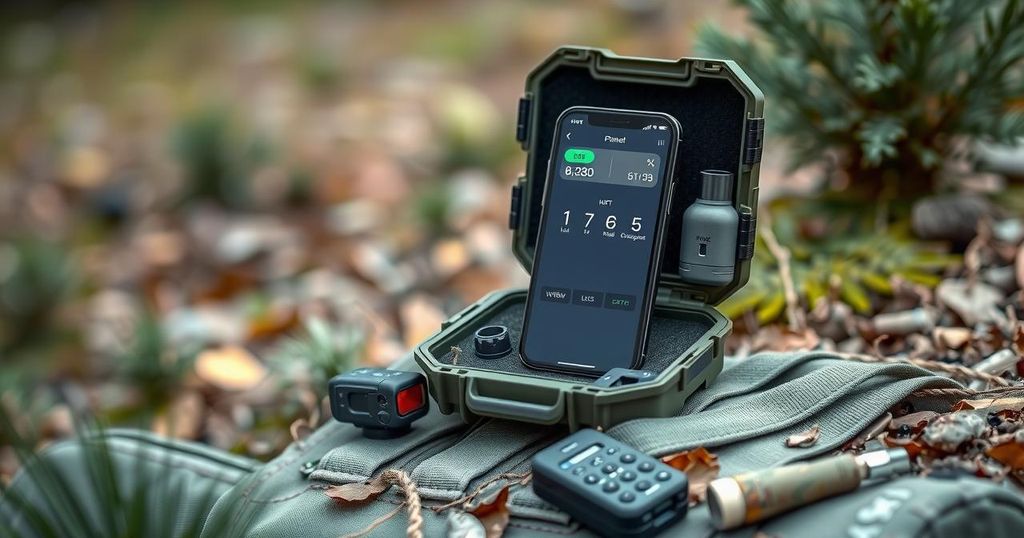Nametag has launched VerifiedHire, an integrated identity verification solution aimed at preventing North Korean operatives from infiltrating remote IT jobs in the U.S. The product enhances onboarding through automated identity checks and customizable workflows, improving security and operational efficiency in organizations.
Nametag has introduced its VerifiedHire product, integrating identity verification and deepfake prevention to combat North Korean espionage infiltrating remote IT jobs. Recent investigations disclosed efforts by North Korea to place operatives in remote positions within U.S. enterprises, generating substantial revenue for the regime and aiding in evading sanctions. By leveraging advanced security measures, Nametag aims to protect enterprises from these threats.
VerifiedHire utilizes Nametag’s identity verification engine for secure onboarding, featuring a self-service microsite for automated identity checks. This system allows organizations to customize workflows according to their specific needs, ensuring a tailored approach to employee credentialing. Thus, businesses can quickly verify extended workforces, preventing imposters from entering the system.
CEO Aaron Painter emphasized the importance of this launch, saying, “Nametag’s launch of VerifiedHire underscores our continued commitment to creating end-to-end workforce account protection.” This solution not only streamlines the hiring process but also reduces operational costs for IT and HR departments by enabling self-service verification processes.
The VerifiedHire system supports integration with various Identity and Access Management (IAM) providers like Okta, Microsoft Entra, Cisco Duo, and OneLogin, offering extensive customization to fit organizational needs. This plug-and-play compatibility ensures that enterprises can efficiently incorporate security measures into their existing infrastructures.
Nametag’s VerifiedHire is a strategic response to the threat of North Korean espionage in remote IT jobs. By implementing advanced identity verification methods and deepfake defenses, it aims to protect U.S. enterprises from infiltration. The system’s customizable nature allows for rapid verification of employees, ultimately safeguarding against contractor fraud while optimizing operational efficiencies in the onboarding process.
Original Source: www.biometricupdate.com





